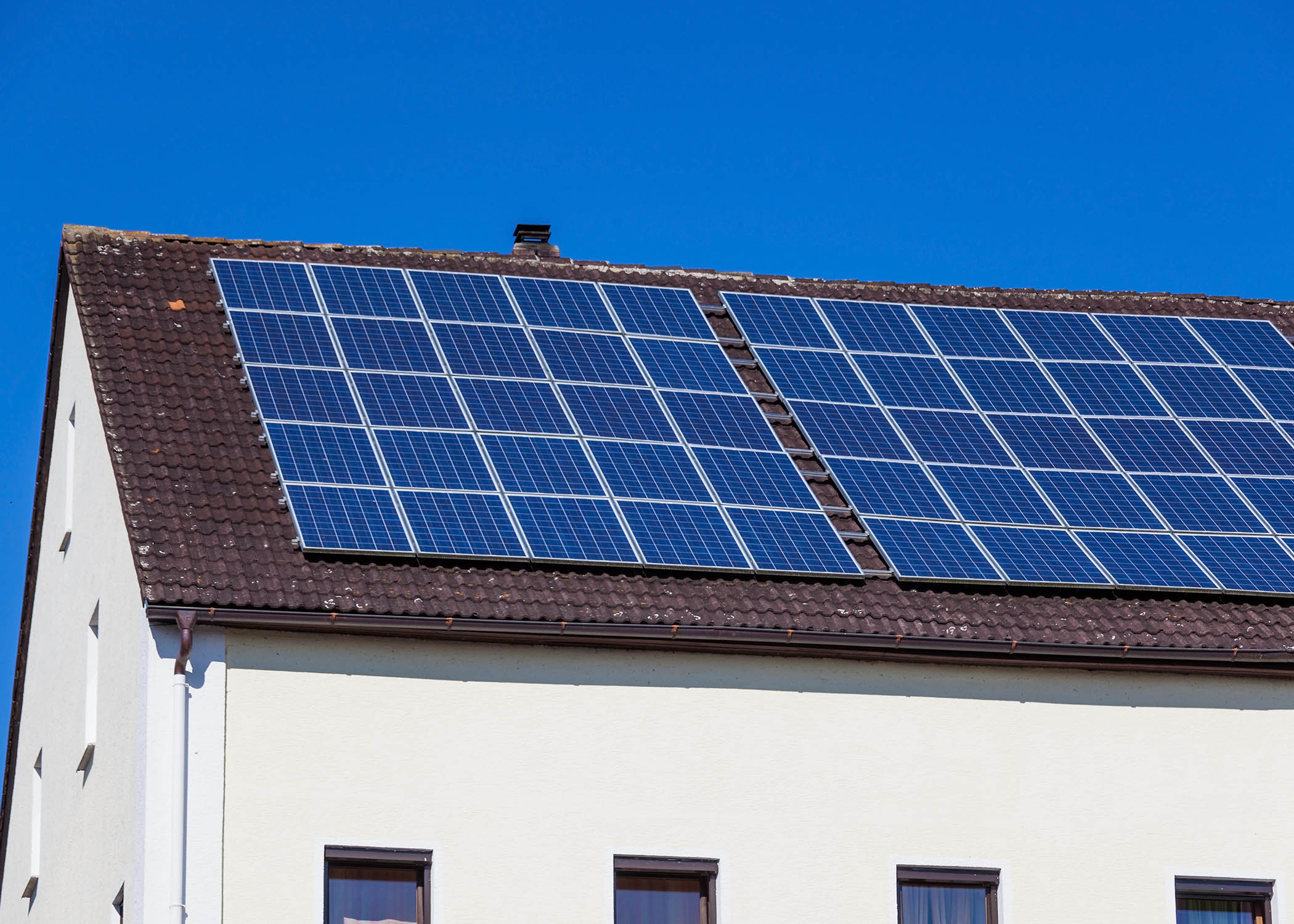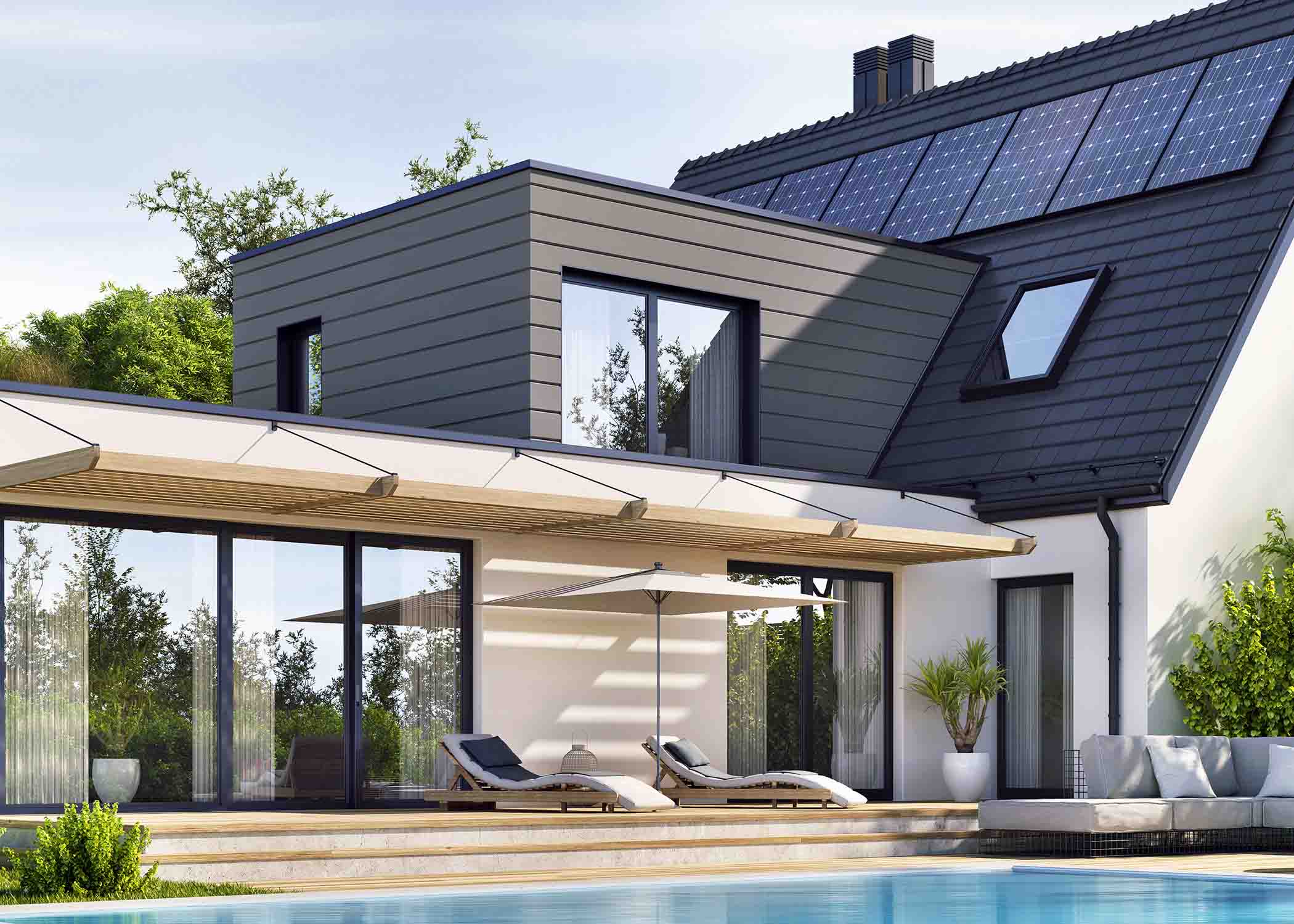There’s no doubt that solar panels have become an increasingly popular way to produce energy.
If you have or are planning to install an array on your home, you might wonder:
Do solar panels work in bad weather?
It’s a perfectly understandable question — who wants to invest in something that doesn’t work when you need it?
Let’s take a deeper look.
What Qualifies as Bad Weather?
Whether solar panels work in bad weather depends on several factors.
Consider how these types of weather conditions affect panels:
- Cloud cover, smog, or smoke can block the Sun’s rays and reduce absorption
- In hot weather, the heat can cause solar panels to degrade faster
- Wind can blow dirt and debris onto solar panels
- Snow and ice can also reduce solar panel efficiency by covering the panels
Do Solar Panels Work in Bad Weather?
Bad weather rarely wipes out solar panels’ functioning, but some conditions can have significant effects.
Smog, smoke, and cloud cover may have the most significant negative impact on solar panel efficiency.
The US Energy Information Administration measured a 30% reduction in solar panel efficiency during the 2020 California wildfires.
Surprisingly, too-hot temperatures can also negatively impact solar panels.
Solar panels often have a temperature coefficient rating, which tells you how efficiency changes as temperatures climb.
Note that temperature is usually only a concern in areas that reach triple-digit temperatures.
How Well Do Solar Panels Work in Bad Weather?
One article published by the Office of Energy Efficiency & Renewable Energy shared that light snowfall rarely causes significant changes to efficiency.
The researchers felt sure that their panels would continue to generate power even when snow piles grew outside.
In general, lower efficiency is rarely a big concern.
Southern California and the rest of the Desert Southwest commonly reach temperatures regarded as above-optimal for solar panel performance.
Despite this, the Southwest remains the top producer of solar energy.
Additionally, experts believe these states have the most optimal solar conditions.
For example, Utah has a solar capacity of 29%, whereas Massachusetts is only 16.5%.
How Can You Ensure Panels Continue to Work in Bad Weather?
How do solar panels work in bad weather, and what can you do to improve their operation?
Outdoor temperatures are generally outside of our immediate control.
However, there are other conditions you can address to ensure your solar panels achieve maximum efficiency, regardless of what the weather throws at you:
- Clean your solar panels regularly to remove dust and other debris after the fall and during windy or dusty times of the year
- After a heavy snowfall, make arrangements to clear off your solar panels
- If you need to clear or clean your solar panels regularly, consider more accessible ground mounts over roof mounting whenever possible
- Install more solar panels to improve UV-absorption capacity during non-optimal conditions
- Work with experienced professionals to design and build a system that compensates for bad weather
Your Partner in Powerful Panels
At Unbound Solar, we work closely with our clients to create a system they can feel confident will work when needed.
You’ll never have to ask yourself again: Do solar panels work in bad weather?
We also guarantee lifetime support, and you can count on speaking to a real person, not a bot.
Get started with a detailed quote today!



